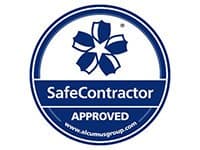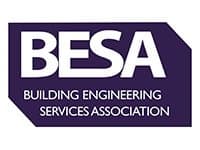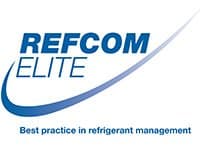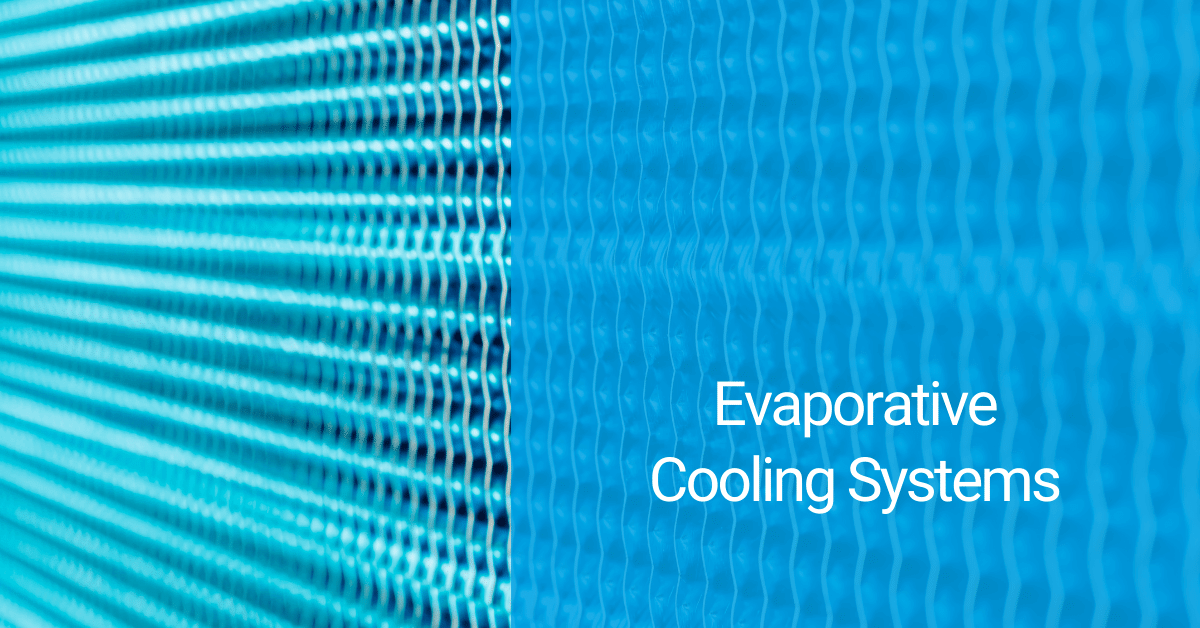
You know that feeling you get when you step out of a swimming pool and the air hits you? How even on a hot day, you still feel cool and fresh? Well, that’s a very basic version of an evaporative cooling system! In homes and businesses, we have a more sophisticated and automated approach that is now becoming a popular option for air conditioning buildings. Let’s learn more about it.
What is evaporative cooling?
The concept behind evaporative cooling isn’t a new one. The ancient Greeks and Romans used to hang a wet sheet in front of their windows so that the cool air could blow through it and cool the room.
Of course, we have come a long way from a sheet hung over the window when it comes to creating a cooling system. The modern evaporating cooling systems are focused on a cooling pad and use a specialist water distribution system to create the cooling effect.
How does an evaporative cooling system work?
Before air is cooled, it is usually hotter and relatively dry and contains what is known as ‘sensible heat’. However, when the air passes over water, water evaporates into the air. This removes the heat from the air and reduces the sensible temperature.
The evaporated humidity that is then absorbed by the air is called ‘latent heat’ so the system aims to exchange sensible heat for latent heat in a system known as adiabatic (which just comes from Greek for changing a state without directly adding or removing heat).
There’s also a second part to the process where the latent heat is then removed from the building which results in the building being cooled. There are different ways to do this but usually, a water distribution system is used.
What are the different types of evaporative cooling?
There are a few different types of evaporative cooling systems available including direct, indirect and 2-stage.
Direct evaporative coolers
Direct evaporative coolers tend to be the most common. With these systems, the warm air is blown into either a dampened pad or a heat exchanger. Then the airstream cools as the moisture evaporates into it.
These systems tend to be the most cost-effective to install and operate and rarely need much maintenance or installation.
Indirect evaporative coolers
Indirect evaporative cools don’t add humidity to the air and aren’t portable but are great for larger spaces such as restaurants, warehouses and factories. These systems also allow temperatures to get lower than you can manage with direct systems.
They combine two systems to create a two-stage evaporation process. They do need a duct system to transfer the cooled air and cost more to run as there are more components.
Mounted coolers
Mounted coolers can be a combination of both of the main two systems depending on where and how they are mounted. There are three main options:
- Ground-mounted – relies on cold air falling and hot air rising so less air circulation
- Window mounted – popular for smaller rooms and workplaces as it always has a source of fresh air
- Roof-mounted – popular for larger, commercial properties and require an air duct system so more complex to install and expensive to operate but more control over temperatures
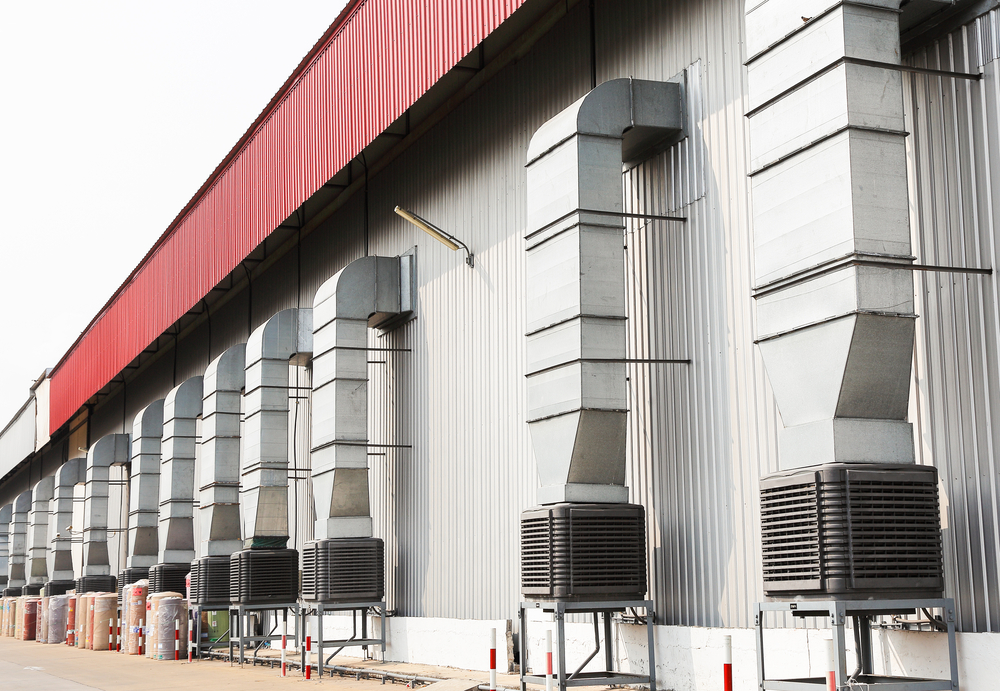
How effective are evaporative cooling systems?
How effective the system is does depend on a lot of factors – the type of system, the location, what type of property it is operating in and s on.
However, the systems usually run between 80-90% efficiency. Most efficient versions can lower the dry air temperature to 95% of the wet-bulb temperature. Working with an expert in these systems ensures that you can the best options.
Where can you use evaporative cooling systems?
Because these systems come in different formats and types, you can use them in almost any type of property.
Direct units work well in smaller properties and in homes. These are cost effective but portable so can be moved into the warmest rooms or into the kitchen when cooking.
For larger industrial buildings, indirect systems with air duct networks or water distribution systems are the best way to operate and can be very cost effective. These can even include things like computer server rooms which are notoriously difficult to cool.
How much does evaporative cooling installation cost?
In terms of the cost to install a system, most professional installation is around half the cost of a central refrigerated air conditioning system. Obviously, there are lots of factors that go into this but as a general rule, the cost is about 50% for the installation because the systems are easier and safer to install.
When looking at the cost of the system when running, most experts say that it costs around one-eighth of the cost of a refrigerant-based system. There are also key things like the lack of a power spike when a compressor starts running. It is also seen as safer for use because it doesn’t contain potentially toxic chemicals.
How long does an evaporative cooling system last?
Modern evaporative cooling systems that have been professionally installed and maintained have a good lifespan. The average lifespan of these systems are 15-20 years and there are plenty of examples of systems that have reached 25 years. Regular maintenance and servicing are important to reach this kind of age as common parts can be repaired and stop a major breakdown.
Is evaporative cooling better than air conditioning?
It is always difficult to say for sure whether one system is better than another because the individual business or property plays so much into the decision. But there are some clear things in favour of evaporative cooling vs air conditioning that make it stand out. These include:
- Lower costs to install and operate
- Fewer power spikes during operation
- Less dangerous chemicals involved as it works on water
- Lower maintenance costs due to the simpler nature of the system
- Increases in humidity can help decrease static electricity problems
- Can reduce air contaminants with the use of the pad
Some of the main downsides of this kind of system are less relevant here in the UK. For example, in very humid countries, the increased humidity levels can cause problems and even discomfort for people inside the buildings. Also, there’s the need for a constant supply of water but this isn’t as much of an issue here as in some countries.
Evaporative cooling solutions from TEK
Evaporative cooling systems are a great solution for everyone from a homeowner wanting to cool a house to a large commercial space. The variety of systems means it is easy for experts to tailor the system to your needs.
Here at TEK, we are those experts and can supply and install the right evaporative coolers for your home or business. Contact us today to find out more.


